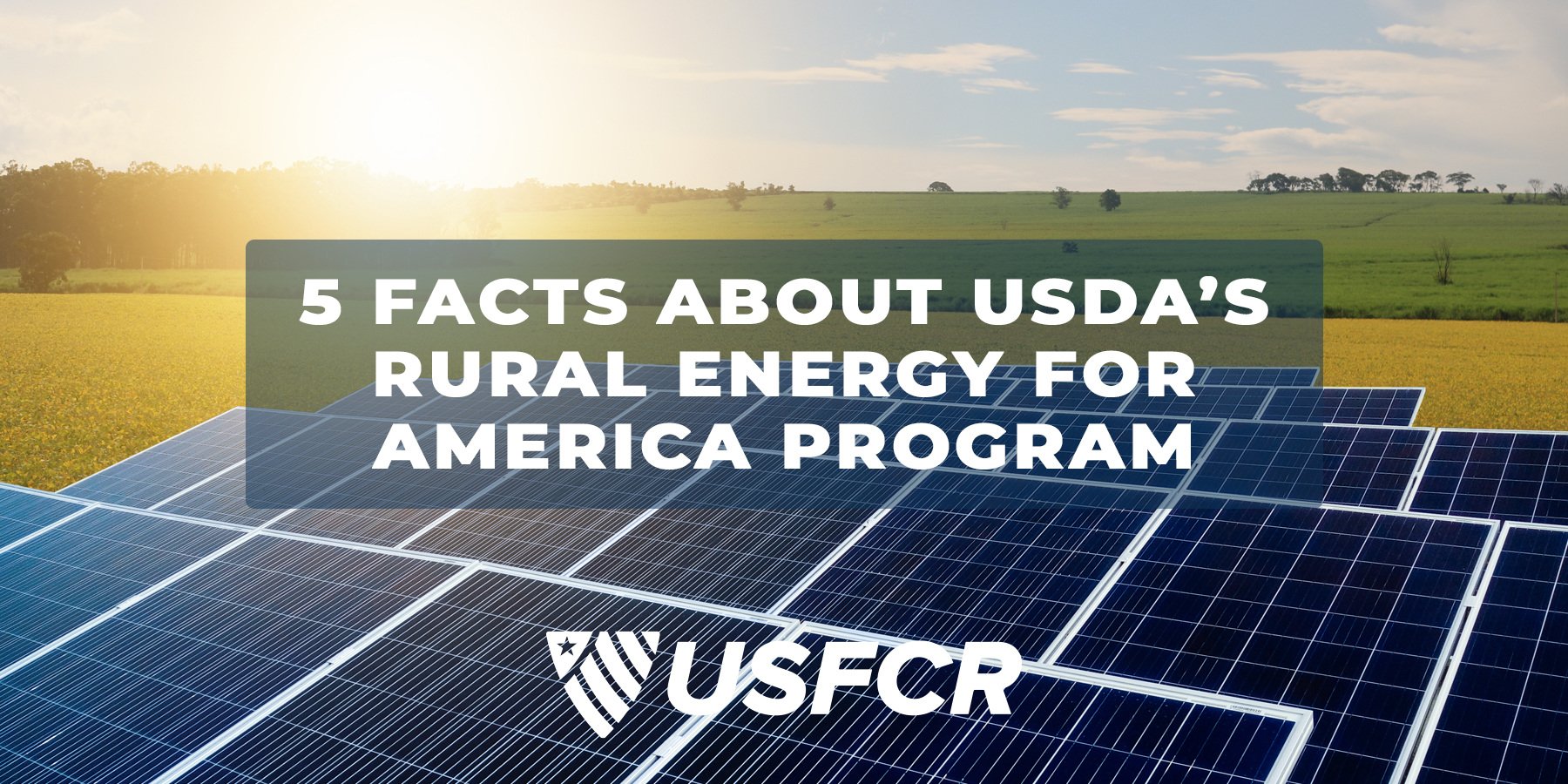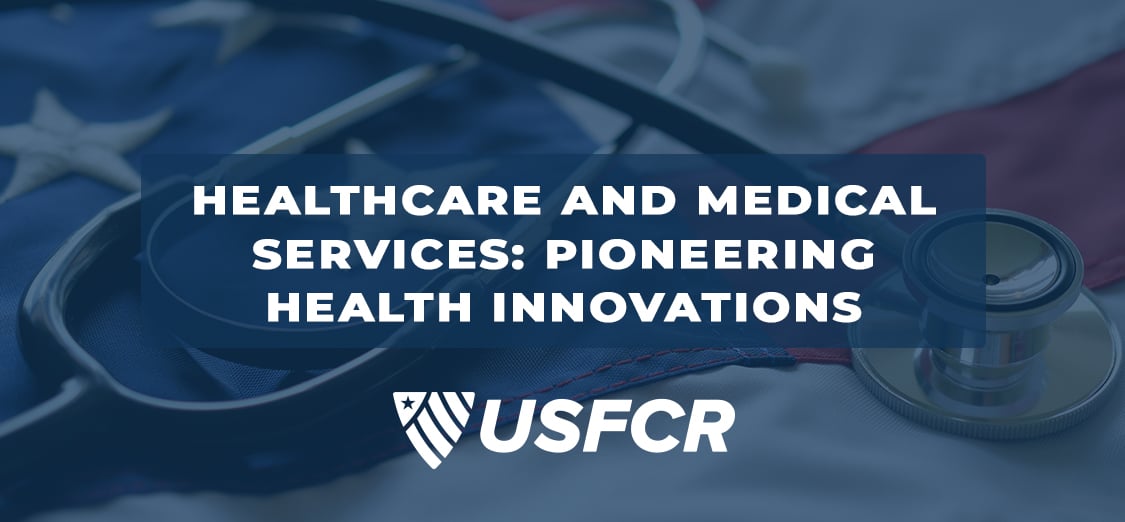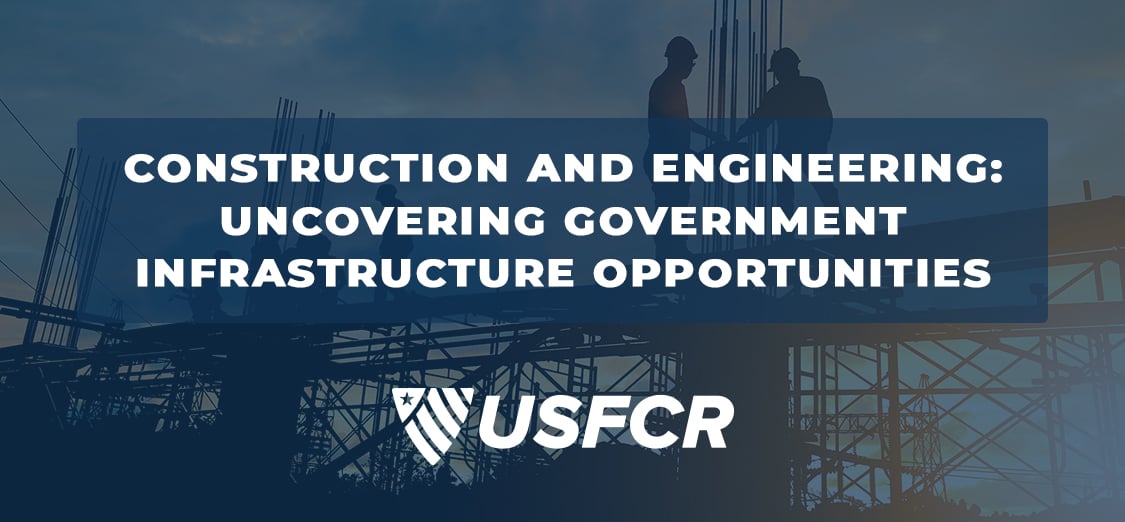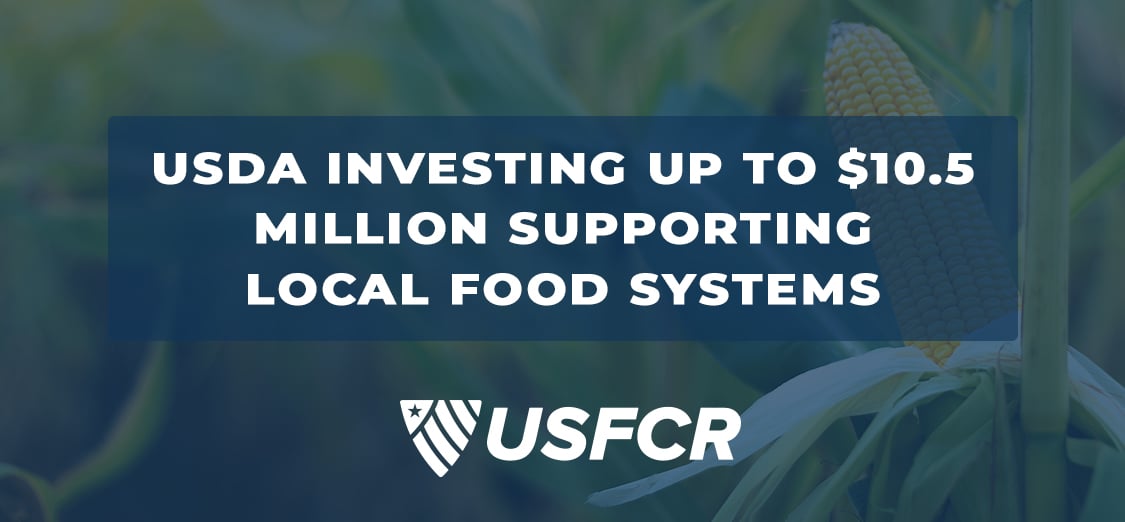Professional Services: Driving Government Efficiency Forward
Government agencies are under increasing pressure to boost efficiency and streamline operations. The growing demand for professional services presents a golden opportunity for your firm to step in and offer valuable consulting, legal, and administrative support. This sector is ripe for innovation, and your expertise can play a pivotal role in transforming how government functions. By understanding and addressing the unique challenges faced by government agencies, your firm can become an essential partner in their quest for improved efficiency and effectiveness.










